In the past, pounding rice with a pestle by hand was regularly done by the Stieng and M'nong people in Binh Phuoc to process rice as a food source for daily use. Nowadays, with the development of society, pounding rice with a pestle by these ethnic groups is very rare. They mainly keep the profession to serve tourism and preserve the unique features of their ethnic culture.
Looking for the sound of pounding rice
When mentioning the sound of rice pounding in Binh Phuoc, everyone will immediately think of the place Bom Bo, Binh Minh commune, Bu Dang district. However, nowadays, rice pounding is only for the sightseeing and experience of tourists when coming to the S'tieng ethnic cultural reserve in Bom Bo.
What is special is that in addition to Bom Bo hamlet, in village 7, Doan Ket commune, Bu Dang district, the sound of rice pounding "cắc khúc khúc" still resounds regularly, still existing in the daily life of the Stieng people.
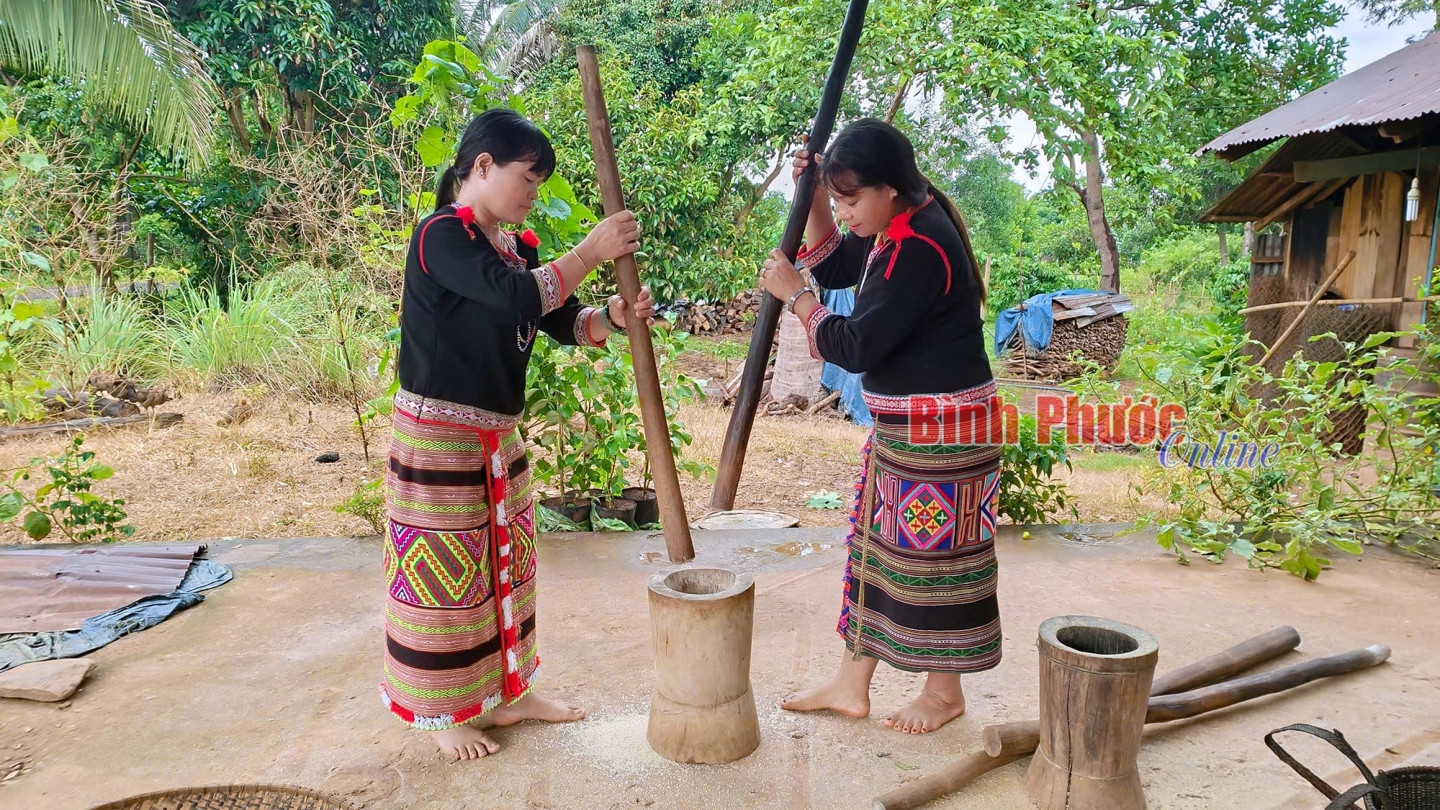
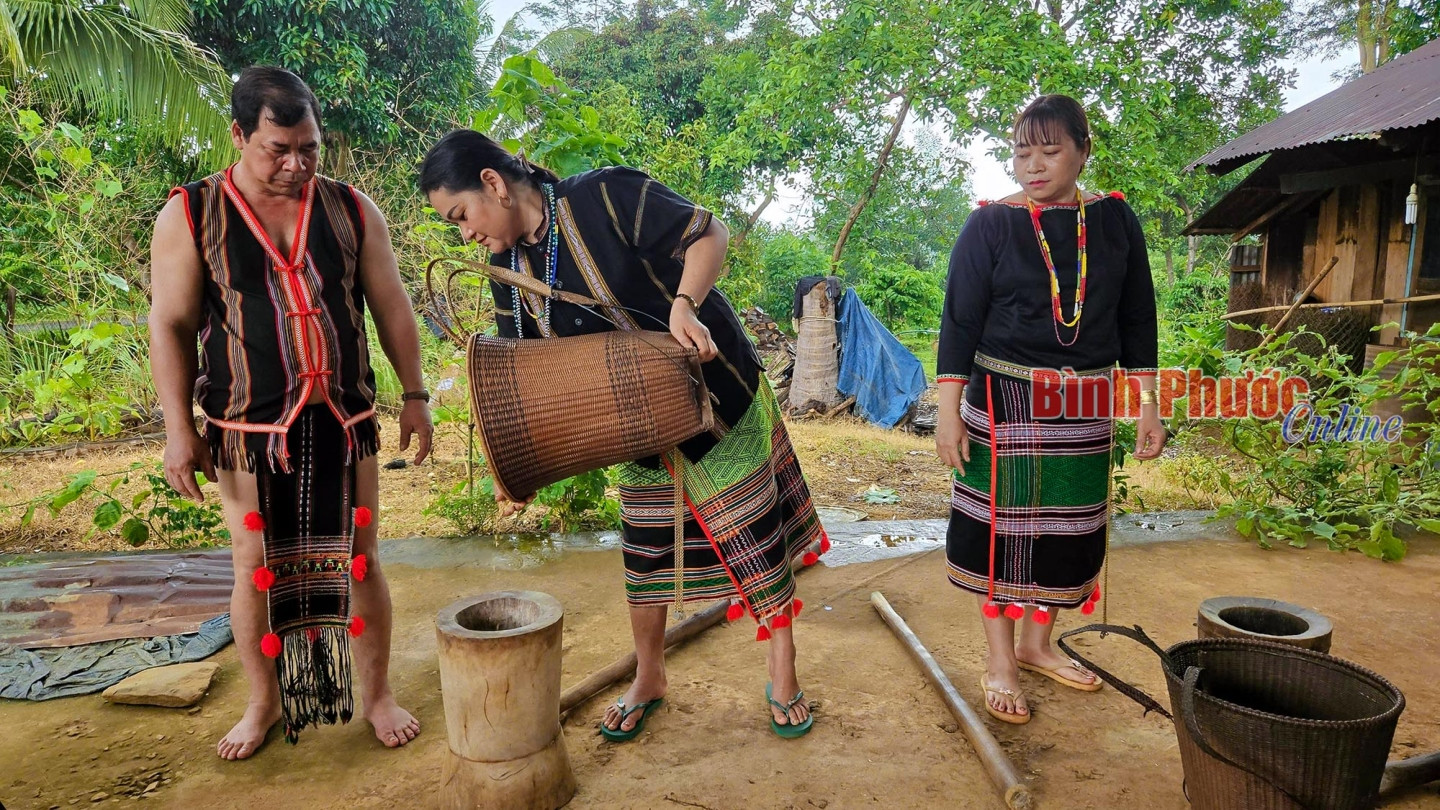
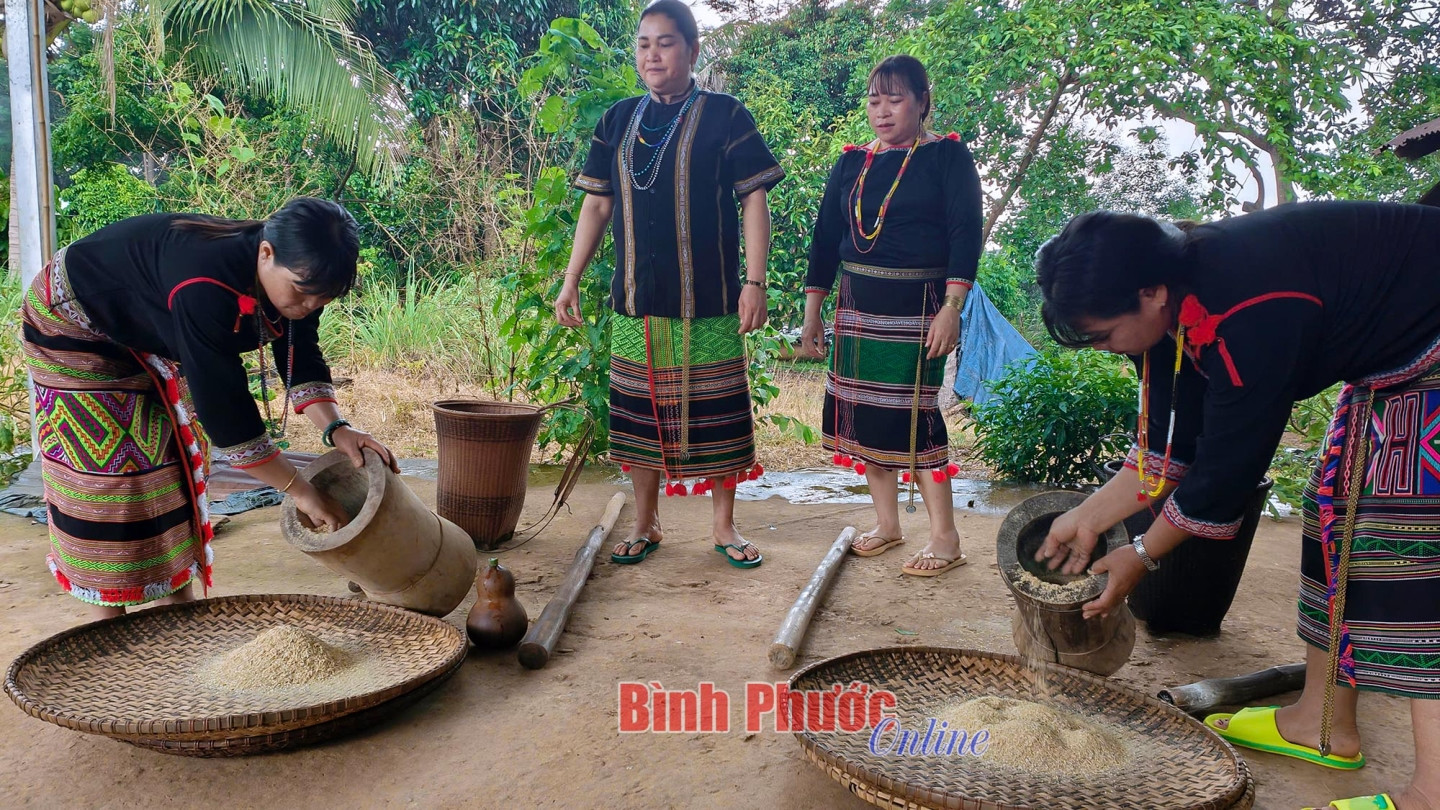
We visited Thi Khe's house, where the elderly in village 7, Doan Ket commune often gather to drink tea, chat and take turns pounding rice. Thi Khe took the opportunity to sift and winnow the rice while pounding and chatting with us. Although tired, she was very happy when someone asked about her people's rice pounding profession. She shared: "I have known how to pound rice since I was 12 years old. At that time, my parents often went to the fields, I stayed home to take care of my younger siblings, then pounded rice to cook for them. Now, sometimes when I have free time at home, I still bring out the pestle and mortar to pound rice for fun."
The results of the 2024 inventory of 67 locations where the hand-pounding rice profession of the Stieng and M'nong people in Binh Phuoc province exists by the Department of Culture, Sports and Tourism showed that currently, only one location in village 7, Doan Ket commune still maintains the profession. Village 7 has 90 households of the Stieng people living, of which more than 60 households still maintain the traditional craft of pounding rice with hand-pounding. Mr. Dieu An (61 years old), a resident of village 7, said that all the elderly in the village know how to pound rice. People here mainly grow rice, 2 crops a year. When the rice is ripe, people harvest it, in addition to selling it to traders, they also store it in warehouses to eat gradually.
Let the beat of the pestle resonate forever
Nowadays, pounding rice is not for cooking, but is a way for people to preserve the traditional cultural beauty of their people. Currently, every family here, whether rich or poor, still retains a set of tools including 1 mortar, 2 wooden pestles, 2 winnowing baskets, baskets, pots, jars, bamboo tubes... used to hold rice, pound rice and winnow rice. All family members can do this job and they are encouraging young people to join. Mr. Dieu Khang, Secretary of the Party Cell of Village 7, Doan Ket Commune, said: We encourage people to educate their children about traditional ethnic crafts to preserve them. When they have free time, they should try to practice doing it, usually the children will do it with adults.


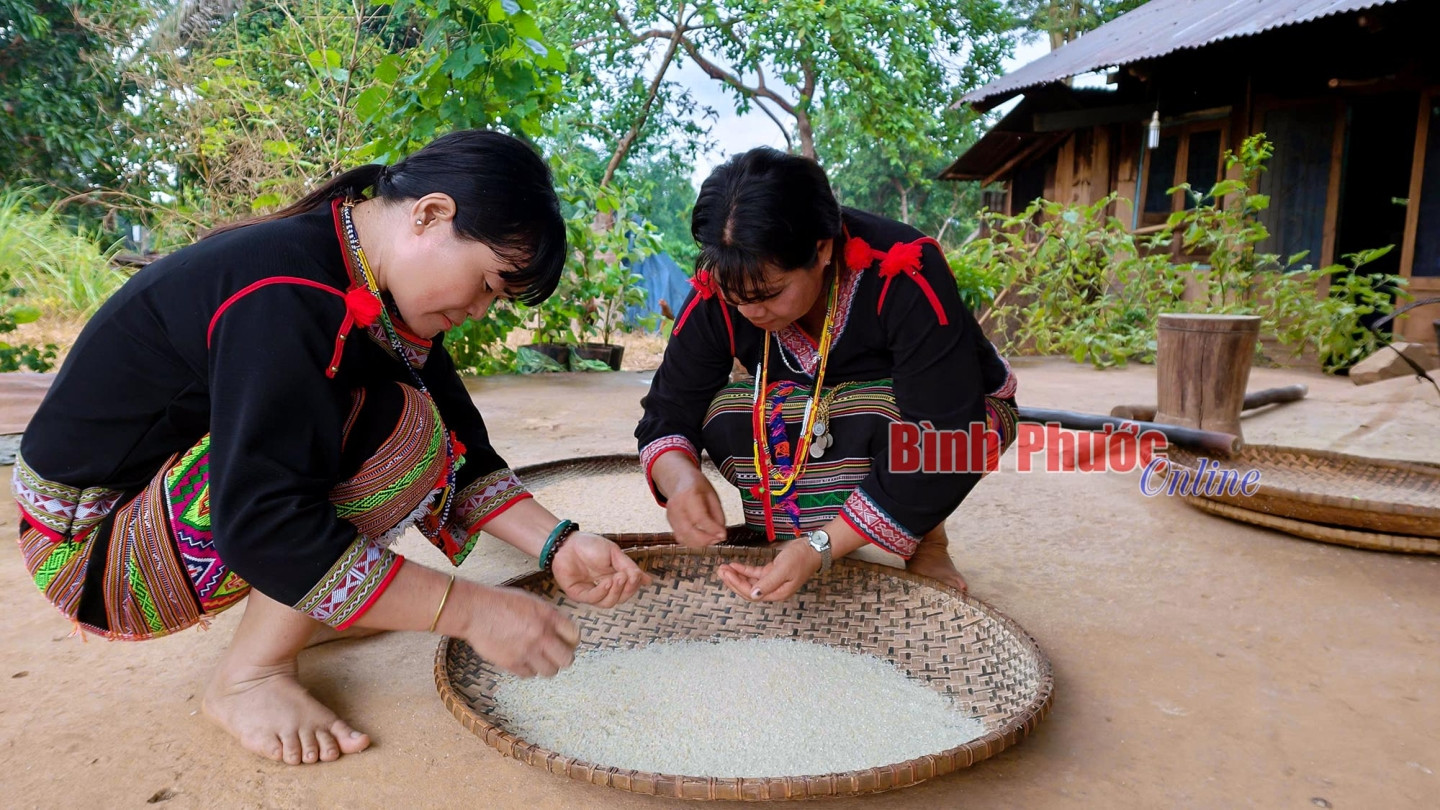
Determining that this traditional craft is at high risk of being lost, the completion of procedures to recognize the hand-pounding rice craft as a national intangible cultural heritage is being urgently carried out by all levels and cultural sectors. Mr. Pham Anh Tuan, Director of the Stieng Ethnic Cultural Conservation Area in Bom Bo commune, said that in addition to preserving the cultural features of the Stieng people, village 7, Doan Ket commune is also one of the addresses supporting the cultural sector of Bu Dang district and the Provincial Museum, the Department of Culture, Sports and Tourism in conducting research steps to prepare documents to submit to the Ministry of Culture, Sports and Tourism to recognize the hand-pounding rice craft of the Stieng and M'nong ethnic groups as a national intangible cultural heritage.
In the past, on this land, generations of ancestors pounded rice day and night to the rhythmic sound of pestles, contributing food to feed the army. Today, that image is still a source of pride not only for the Stieng and M'nong people but also for the people of Binh Phuoc. The fact that the people preserve their profession affirms the simplicity of their daily life and activities, but also contains many cultural and historical values of the nation. And they are making efforts to pass on the sound of the rice pounding in their homeland to future generations.
Source


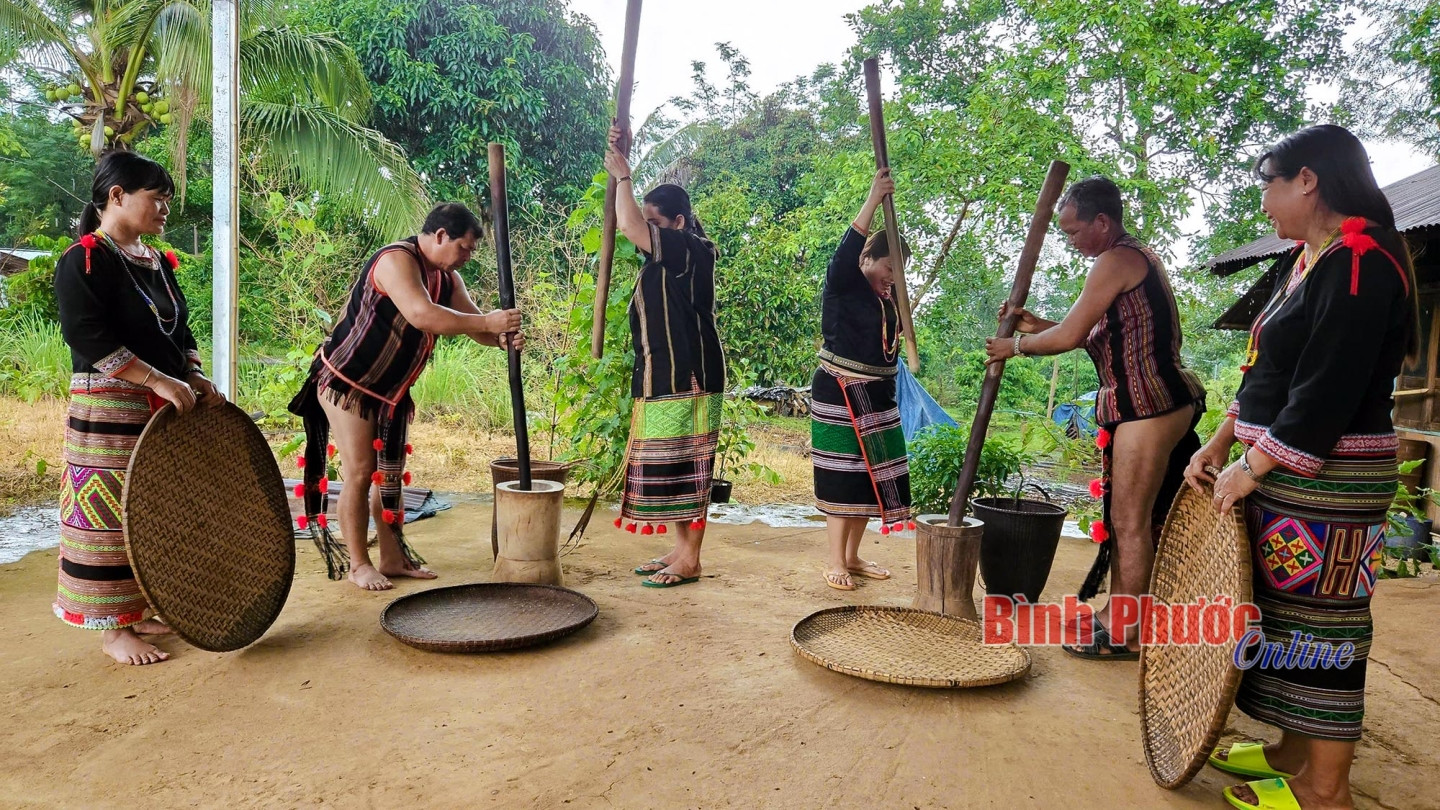
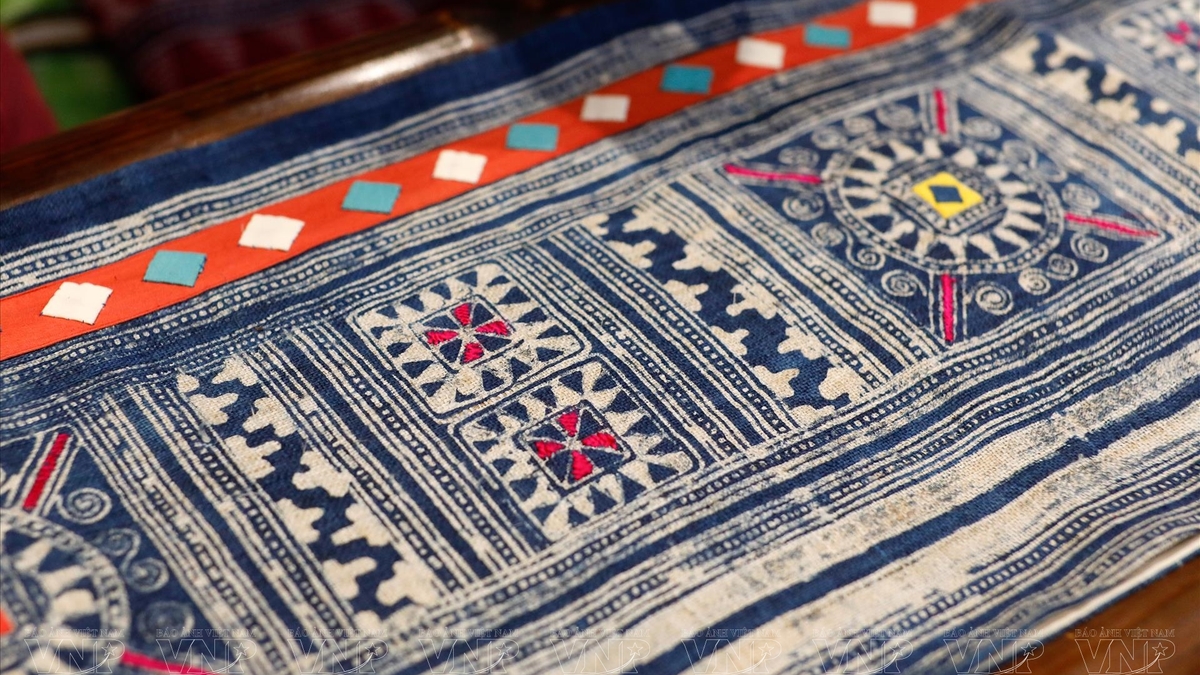
![[Photo] Prime Minister Pham Minh Chinh receives the Chairman of the Japan-Vietnam Friendship Association in the Kansai region](https://vphoto.vietnam.vn/thumb/1200x675/vietnam/resource/IMAGE/2025/11/03/1762176259003_ndo_br_dsc-9224-jpg.webp)
![[Photo] Fall Fair 2025 and impressive records](https://vphoto.vietnam.vn/thumb/1200x675/vietnam/resource/IMAGE/2025/11/03/1762180761230_ndo_br_tk-hcmt-15-jpg.webp)

![[Photo] General Secretary To Lam receives Singaporean Ambassador Jaya Ratnam](https://vphoto.vietnam.vn/thumb/1200x675/vietnam/resource/IMAGE/2025/11/03/1762171461424_a1-bnd-5309-9100-jpg.webp)
![[Photo] Lam Dong: Close-up of illegal lake with broken wall](https://vphoto.vietnam.vn/thumb/1200x675/vietnam/resource/IMAGE/2025/11/03/1762166057849_a5018a8dcbd5478b1ec4-jpg.webp)





























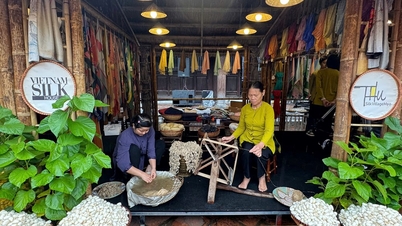

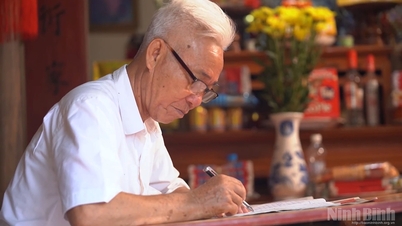

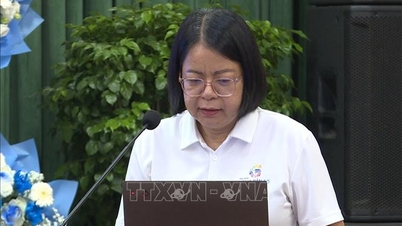




































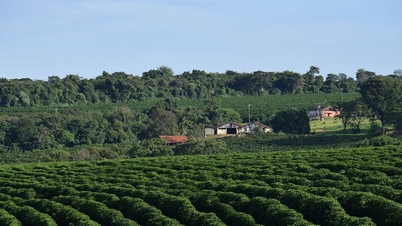



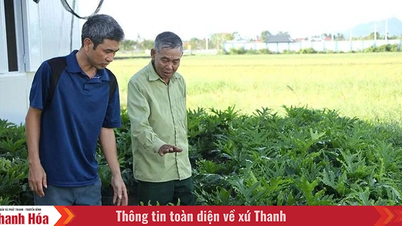




















Comment (0)